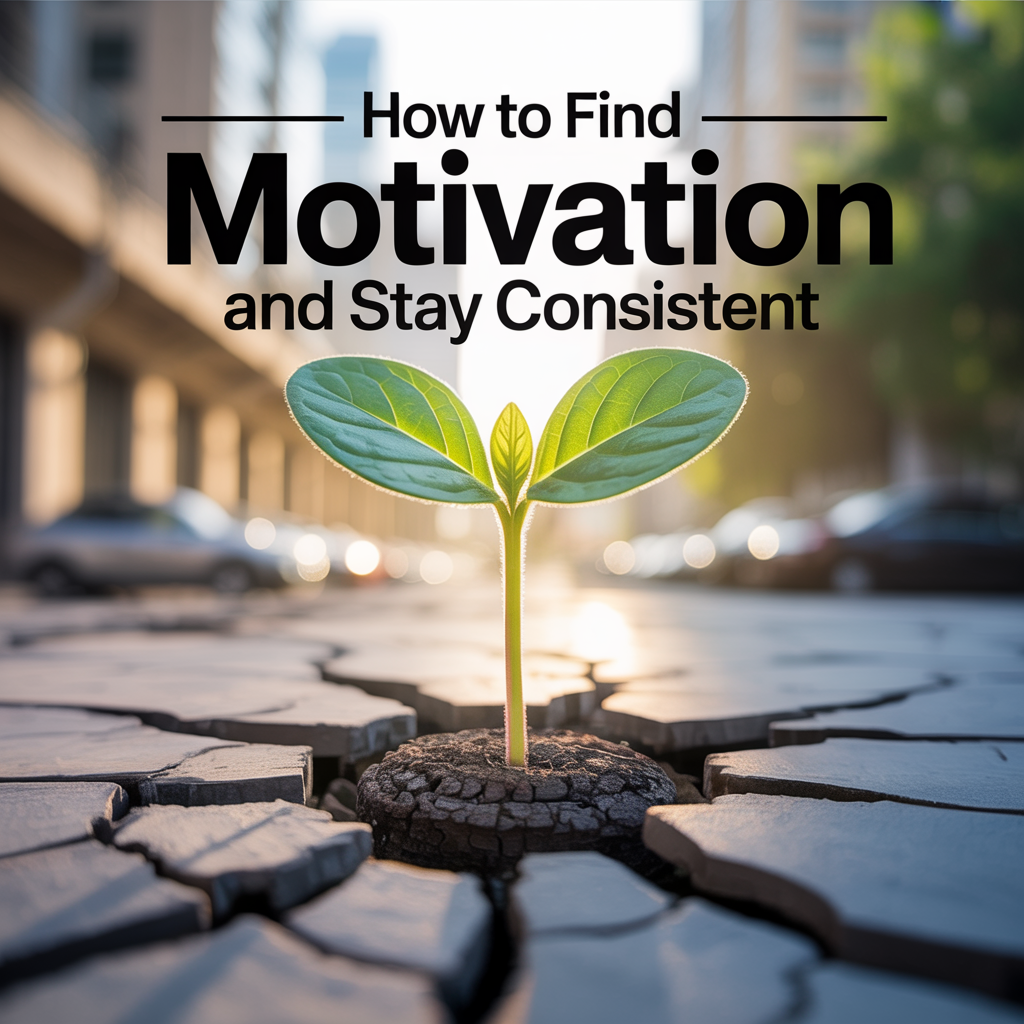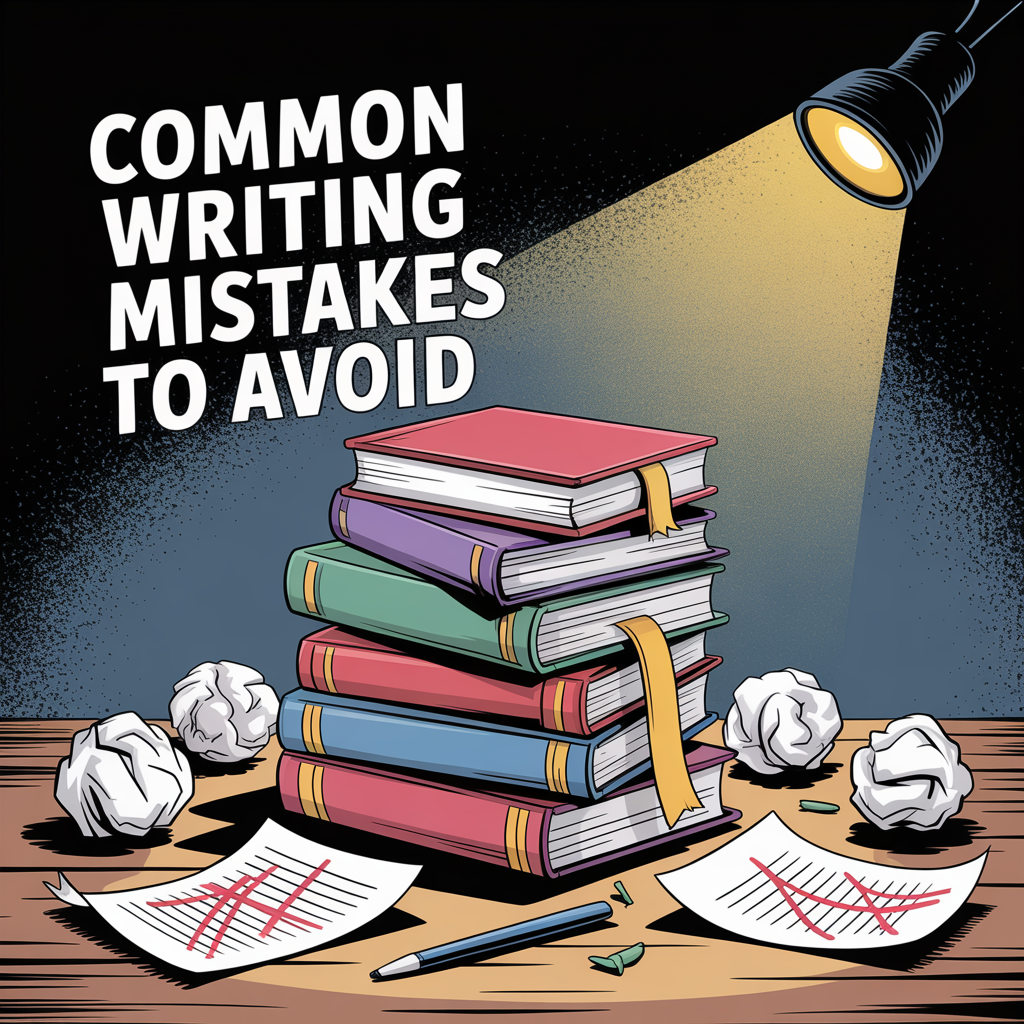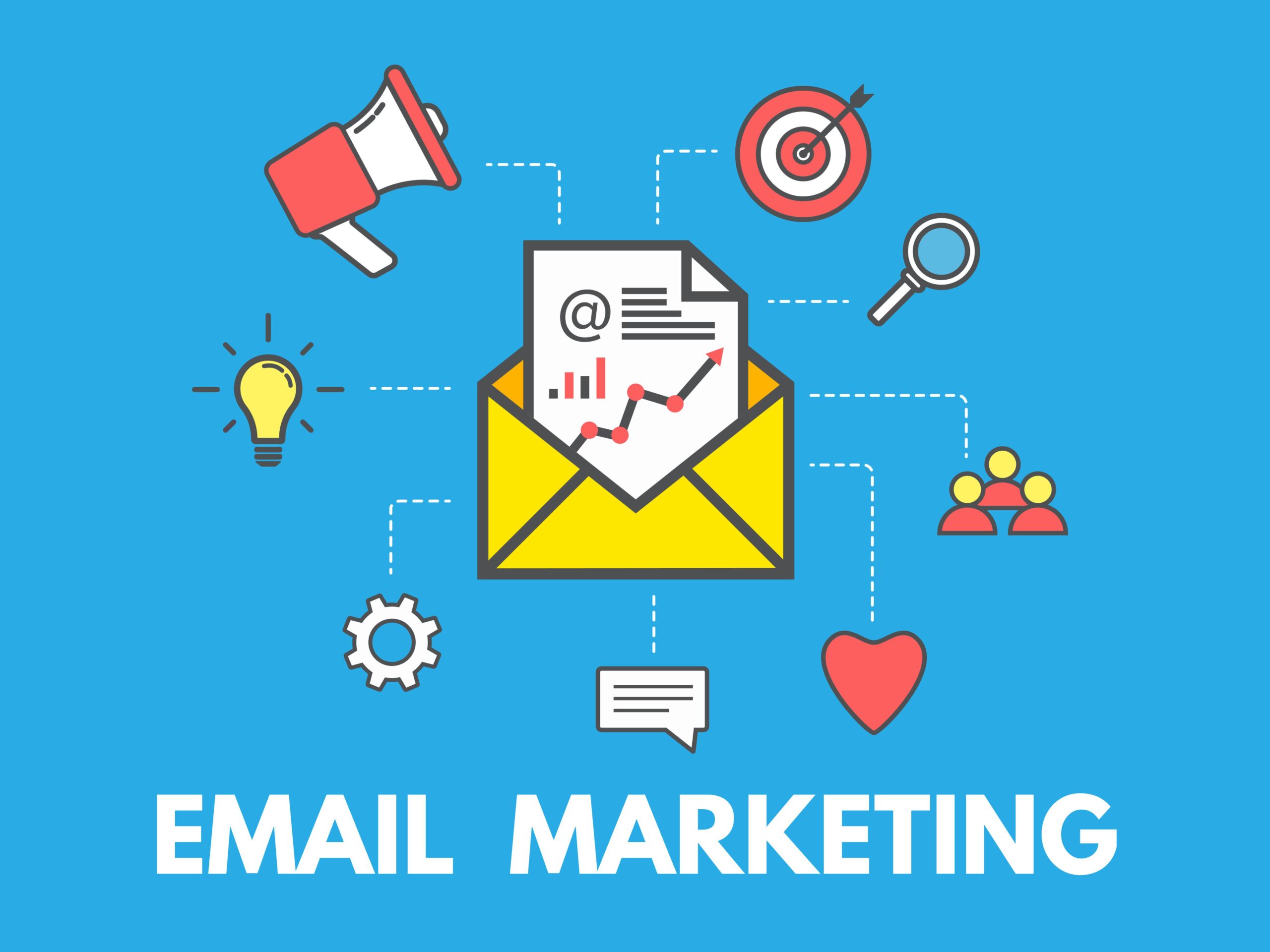Budgeting For Your First Self-Published Book

Understanding the Costs Involved in Self-Publishing
Deciding to self-publish your book is a thrilling step, but grasping the potential costs is where you gotta start. The main expenses typically include editing, design, printing, and marketing. Breaking these down helps in creating a more precise budget.
Editing is a biggie. It’s not just about correcting grammar mistakes; it’s about polishing your story till it shines. Prices vary widely from a few hundred to a few thousand dollars, depending on the service. You might need a developmental editor for the big-picture stuff and a copy editor down the line to fix any minor kinks. Everything hinges on the quality you want and the level of expertise you hire.
Design is another puzzle piece, including the book cover and interior layout. A catchy, professional-looking cover can make or break first impressions; sound design isn’t cheap. Though there are ways to DIY if you’re tight on cash, consider budgeting a bit extra for this or exploring tools like Canva for simpler projects.
Printing costs are crucial if you’re going the physical book route. Whether you plan to print on demand or bulk print, knowing the cost per book can prevent a hit on your wallet later. For eBooks, the costs lean more toward the platforms you choose for distribution.
Marketing should be a cornerstone of any self-publishing budget, even if it’s just a small amount. Building your audience takes time and often requires effective strategies like targeted online ads on platforms like Facebook and Amazon, engaging with readers on social media, participating in book fairs, or offering free chapters or books for review. Without a solid marketing plan, even the best-written book can go unnoticed.
Don’t forget those sneaky hidden costs that catch many new authors off-guard. If unprepared, ISBNs, taxes, and platform fees can add up quickly. ISBNs are unique identifiers for your book, taxes vary depending on your income and location, and platform fees are charges for using self-publishing platforms. A little research upfront can save you lots of headaches and set you on the path to successful budgeting.
Setting a Realistic Publishing Budget
Thinking about a budget before diving into self-publishing can save you from a lot of stress later. Setting your financial goals early gives you a clear roadmap to what you can spend and plan for any surprise costs.
Start by determining what you can realistically invest. It’s all about balancing ambition with your current financial situation. Decide what’s most important for your project and adjust where you can. For example, you could cut back on a few luxuries to fund pivotal aspects of your publishing process.
Various budgeting methods can guide you here. Zero-based budgeting can start you from scratch, helping you allocate funds only where necessary. This method involves assigning every dollar of your income to a specific expense or savings goal, ensuring that no money is left unaccounted for. Incremental budgeting, meanwhile, focuses on past expenses, tweaking and adjusting them to fit new projects.
Building some wiggle room into your budget helps accommodate unexpected expenses, which can pop up no matter how carefully you plan. Maybe an extra editing pass is needed, or a sudden opportunity for a solid marketing strategy arises.
A well-thought-out budget isn’t just about the numbers. It’s about giving you peace of mind and allowing you to focus on creating your best work without worrying about overspending. It’s a tool that can reduce stress and keep you focused on what really matters-your writing.
Choosing Between DIY and Hiring Professionals
Deciding between doing it all yourself or hiring experts can feel like being stuck between a rock and a hard place. Each choice weighs differently on your time, budget, and the final quality of your book, so weighing the pros and cons is vital.
DIY gives you complete control and can significantly cut costs. With many online resources and software, you might handle specific tasks like simple cover design or basic formatting. It’s a learning adventure, but it sure can be time-consuming. It may lead to compromises on quality if you’re not careful.
Hiring professionals might set you back financially, but it also elevates your book to another level. A professional editor or designer can add that touch of brilliance, capturing readers’ attention. It’s about that polished finish only years of experience can deliver.
A smart way to approach this decision is to consider a cost comparison. Calculate the real expenses for going DIY—time, resources, and potential stress—against getting professional services on board. Sometimes, investing in expert help where it matters most can lead to a better payoff in the long run.
When deciding what to tackle yourself and what to outsource, consider your strengths and the areas where you might need more help. Whether you do it all or share the workload, ensure your path aligns with your financial limits and where you want your book to end up.
Funding Strategies for Self-Publishing
Getting the funds together for self-publishing can feel like herding cats, but there are several paths to explore. First up, consider personal savings. It may seem obvious, but a little set-aside dough can go a long way and keep you from relying on external sources.
If you’re juggling side hustles, they’re a perfect way to build that self-publishing war chest. Allocate specific returns from these gigs to your book project. It keeps finances organized and provides a steady flow to your budget.
Crowdfunding has become a game-changer for indie authors. Platforms like Kickstarter or Indiegogo offer fertile ground for not just raising funds but engaging with future readers from the get-go. Craft a compelling pitch and offer enticing rewards to get folks interested.
Looking into sponsorships and grants can also yield positive results. Many organizations are eager to support budding authors. Research what’s available in your niche or region. Connecting with local art councils or literary organizations often leads to promising opportunities.
Consider pooling resources with fellow authors. Group buys on services like cover design can cut down costs significantly and give you more bang for your buck. Book bundles are another way to collaborate and cross-promote with others in similar genres.
Finding the right way to fund your self-publishing endeavor isn’t just about dollars. It’s about getting your creative work out there in the best way possible. So explore, connect, and don’t hesitate to mix up different strategies until you find what fits.
Cost-Effective Editing and Proofreading Solutions
Editing might seem like a daunting expense, but there are budget-friendly ways to ensure your book shines. With various types of editors out there—developmental, copy, and line editors—it’s essential to figure out what level of editing your book really needs. Sometimes, a round of developmental editing can drastically improve your narrative structure.
Knowing you need to save doesn’t mean cutting corners on quality. Plenty of free tools and resources are available online for minor tweaks to grammar and style. Grammarly, Hemingway App, and ProWritingAid can handle the basics without pulling on the purse strings.
Engaging with beta readers is another savvy strategy. These avid bookworms can provide valuable feedback for free or as a token of appreciation. Remember, it’s a two-way street, so choose readers representing your target audience for genuine insights.
Using critique partners—other writers who swap works for constructive feedback—can be mutually beneficial. Just ensure that you pair with someone whose skills complement yours or who is at a similar expertise level.
Finally, establishing a trusted network of fellow writers or editors over time can open doors to pro bono services or bartering opportunities, making the editing phase less of a budget buster and more of a community effort.
Affordable Design Options for Your Book
Creating a visually appealing book doesn’t have to drain your funds. Start with your book cover because it’s often the first thing potential readers notice. You can make a killer cover even on a budget by exploring various affordable design options.
Hiring a professional designer might be the way to go for those willing to spend a bit. Many talented artists offer services on platforms like Fiverr and Reedsy at reasonable rates. Always check out portfolios to ensure their style matches your book’s vision.
DIY design platforms have made it ridiculously straightforward to whip up something eye-catching. With tools like Canva or Adobe Spark, you can start with a template and customize it to fit your style. These tools can save you heaps of cash and allow you to experiment without any pressure.
Beyond covers, the internal layout should not be ignored. A well-formatted book improves readability and overall quality. Vellum, Scrivener, and Atticus are excellent resources if you decide to handle formatting yourself. They offer trial versions to test them out before committing.
Keep in mind that a bit of creativity goes a long way. Sometimes, less is more when it comes to both covers and formatting. Clean lines and straightforward typography can often look more professional than cluttered designs. Prioritizing clarity over complexity can be a game-changer, mainly when sticking to a budget.
Marketing on a Budget: Reaching Your Audience
Marketing might feel like navigating a maze, but on a budget, there are still loads of avenues to explore that’ll get your book into readers’ hands. It’s about making the most of low-cost marketing channels, leaning on creativity, and tapping into the community spirit.
Start with social media, the digital water cooler where everyone hangs out. Platforms like Instagram, Twitter, and Facebook are hot spots for authors to connect with readers. Creating a book page, sharing sneak peeks, or hosting live reading sessions can stir up interest without draining your wallet.
Email lists are another golden ticket. Building a list of engaged readers eagerly awaiting our writing is worth its weight in gold. Use platforms like Mailchimp or Sendinblue for free email campaigns to maintain connections without racking up expenses.
Consider starting a blog or a podcast to build your author platform from scratch. Consistent, valuable content showcases your expertise and keeps readers returning for more. Plus, collaboration with other writers can help amplify reach without extra cost.
Book reviews are a lifeline in the self-publishing world. Reach out to book bloggers or engage on platforms like Goodreads to get those reviews. Reviews build credibility, and people trust genuine recommendations over traditional ads any day.
Organizing book giveaways, even on a small scale, creates buzz and excitement around your launch. Partnering with other authors for joint giveaways or promo swaps can broaden your audience without costing extra bucks. These strategies help you create a ripple effect that catches readers’ attention.
Evaluating Your Investment: Measuring Success
After all the hard work and financial juggling, understanding if your book is a hit can feel daunting. Measuring success goes beyond just sales numbers. Look at reader engagement and how your book impacts your community or audience.
Track your sales through platforms like Amazon Kindle Direct Publishing (KDP) or wherever your book is available. These metrics are essential, but it’s also about the story behind the numbers. Are you seeing steady growth? Which channels are driving your sales? Use these insights to adapt your approach.
Audience feedback is another measuring stick. Reviews, comments on social media, and emails from readers can provide priceless data on how your book is resonating. Engaging with this feedback helps refine your communication and align it better with reader expectations in the future.
Long-term value comes from building a loyal base that sticks around for future books. If you see repeat readers, you’re doing something right. These are the folks to involve when you write your next book, turning them into your beta readers to create an inclusive writing community.
Figuring out what worked and what didn’t is a process. Maybe the crowdfunding push didn’t hit hard, or your email list wasn’t as effective as you’d hoped. Capture lessons learned to sidestep pitfalls next time. Your self-publishing journey is personal and unique, with each project building on the last.






